South West Airfields Heritage Trust
“Preserving Aviation History for Future Generations”





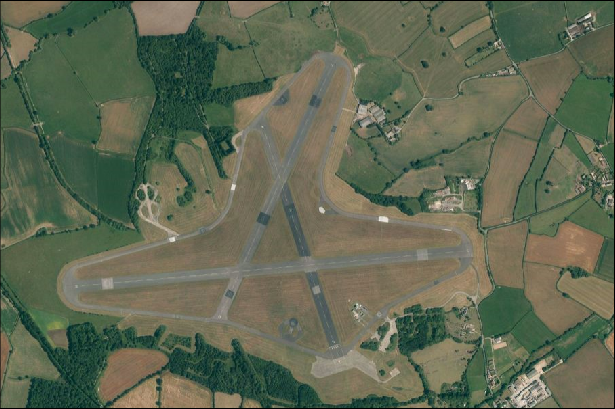
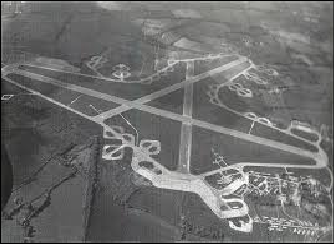
Summary

Location Ilton, Nr Ilminster, Somerset
Opened 1944 Known as AAF Base 464
In use 1944 -
Built 1937
In use 1937 -
Squadrons based there
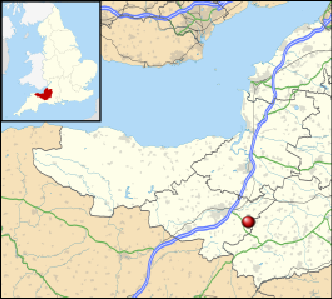
AIRFIELD HISTORY
RAF Merryfield (also known as Isle Abbotts) is a former Second World War airfield in the village of Ilton, near Ilminster in southwest Somerset, England.
The airfield is located approximately 7 miles (11 km) north of Chard, about 130 miles (210 km) southwest of London.
It is now RNAS Merryfield and today serves as a satellite to the larger RNAS Yeovilton; it is used mainly as a training facility for helicopter pilots.
Construction
Merryfield airfield was built to the Class "A" bomber standard, by John Laing Ltd who were the main contractors with work commencing in late 1942 and was formally opened by the RAF on 9 February 1944
Unlike other local airfields, work proceeded slowly as there was a problem with the drainage of waterways crossing the site. However these problems were eventually overcome and the Airfield completed.
In September 1943, while the airfield was being constructed the official name was changed from Isle Abbotts to Merryfield. This initially appears puzzling as at first glance the name is rather distinctive and such changes were usually connected with contractual alterations or where another airfield had a similar sounding name which might cause confusion.
While No Airfield locally had a similar Name, Laing’s were building Thorpe Abbott’s, in Norfolk at the same time which might account for he change but at the time of writing no further information on this change is available.
In addition and in preparation for D day, the airfield was listed in November 1943 as one of 16 to be made available for the USAAF to meet the number of troop carrier groups projected for the UK under the Bolero scheme and this also might account for the change. The idea being that there should be no possibility of confusion, for what would be the largest campaign ever conceived.
Like all standard class A Bomber bases The main runway was 6,000 ft and aligned 10-
All 50 hard standings were loop types in concrete with bituminous surfaces. With two T2 Hangars Which had become the standard specification for all new airfields (except those having a special purpose) by the beginning of 1943.
The technical site was on the south side and the dispersed domestic sites for 3,214 persons lay mostly in the parish of Ilton.
Following the Handover and the decision to use Merryfield as part of operation Overlord US engineers arrived shortly after the Airfield had been opened to lay PSP (pierced steel planking) at the main runway ends for glider marshalling while the necessary facilities for accommodating paratroops in the hangars also arrived.
Following this preparation, 4 squadrons of The 441st Troop carrier group belonging to the Ninth Air Force’s 50th Troop Carrier Wing, IX Troop Carrier Command moved in from RAF Langar, Nottinghamshire, on 25 April with over 70 C-
99th Troop Carrier Squadron ( 3 J )
100th Troop Carrier Squadron ( 8 C )
301st Troop Carrier Squadron ( Z 4 )
302nd Troop Carrier Squadron ( 2 L )
For the D-
The group’s aircraft flew supplies into Normandy as soon as suitable landing strips were available and evacuated casualties to Merryfield. On 17 July the air echelons of the 99th, 100th and 302nd Troop Carrier Squadrons new to Grosseto airbase in Italy to prepare for operations connected with the invasion of southern France returning to Merryfield on 24 August.
Meanwhile, the 301st TCS remained active on the Normandy shuttle while supplies were urgently needed for the advancing Allied armies, although from 7 August this was from RAF Ramsbury until the other squadrons returned.
Soon afterwards word was received that the 50th Troop Carrier Wing would move to France, the 441st being one of the first two groups, with headquarters leaving Merryfield on 6 September for its Advanced Landing Ground (ALG) at Villeneuve (ALG A-
From France the group dropped paratroops of 82nd and 101st Airborne Divisions near Nijmegen on 17 September during the air attack on Holland, and towed gliders with reinforcements on 18 and 23 Sep.
In December, the group transported ammunition, rations, medicine, and other supplies to troops of 101st Airborne Division surrounded by the enemy at Bastogne. Released gliders carrying troops of 17th Airborne Division near Wesel on 24 March 1945 when the Allies launched the airborne assault across the Rhine. Hauled gasoline to armoured columns in Germany after the Allies crossed the Rhine.
Continually transported freight and personnel in the theatre when not participating in airborne operations. Evacuated casualties and prisoners who had been liberated.
The 441st remained overseas after the war as part of United States Air Forces in Europe, performing occupation duty from Frankfurt Germany. It continued to transport personnel and equipment, using C-
The 441st Troop Carrier Group was deactivated at Frankfurt Germany on 30 September 1946.
Merryfield was retained by the USAAF IX TCC for another two months while C-
Although the ninth Airforce had left in October The C-
No. 53 Squadron the former Coastal Command Squadron with Liberators replaced No. 187 in September 1945. On the 22nd November a crash occurred when a Consolidated Liberator C Mk VIII transport crashed shortly after take-
The Liberator (serial number KH126) was being operated on a trooping flight from RAF Merryfield to India. When shortly after take off it failed to gain enough height to clear a hill. It struck a tree and crashed at White's Farm near Broadway Pound, six miles from the airfield. Where immediately burst into flames with the loss of the five-
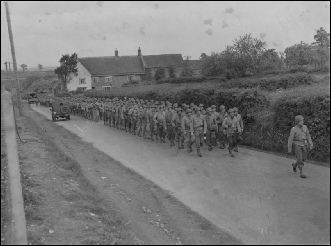
Paratroopers of the 101st Airborne Division at Merryfield, home of the 441st Troop Carrier Group. Handwritten caption on reverse: '441st Troop Carrier Group, US Army, Merryfield, England. We dropped the 101st Paratroop Division at Normandy. This photo is one of our squadrons.'
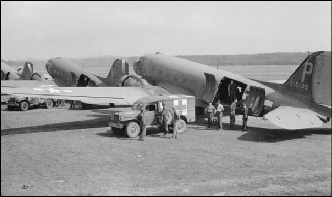
302nd Troop Carrier Squadron ( 2 L ) brings wounded back from Normandy to Merryfield, to take to Taunton
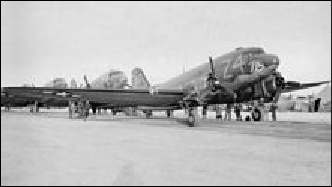
301st Troop Carrier Squadron ( Z 4 ) at Merry field
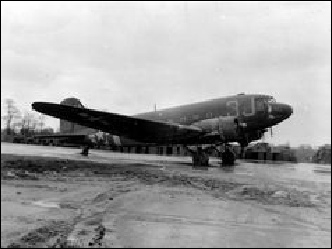
99th Troop Carrier Squadron ( 3 J) at Merry field
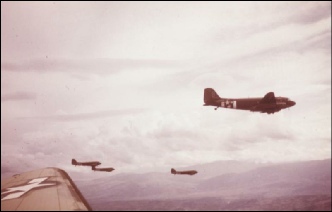
C-
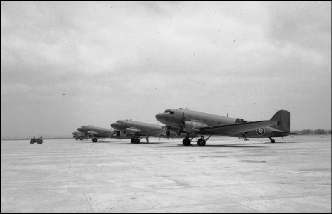
Dakota Mark IVs (KN490 ‘B’nearest) of No. 187 Squadron RAF based at Merryfield, Somerset, on the ground at Mauripur air terminal, Karachi, June 1945. Mauripur was the first Indian staging post on the trooping flights between the United Kingdom and Poona undertaken by the Squadron from April 1945 to March 1946.
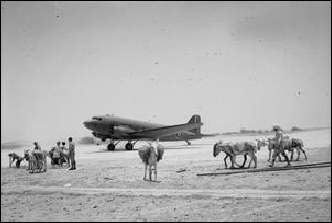
Dakota Mark IV, KN394 'M', of No. 187 Squadron RAF based at Merryfield, Somerset, taxies past a donkey train at Mauripur air terminal, Karachi, India. Mauripur was the first Indian staging post on the trooping flights between the United Kingdom and Poona undertaken by the Squadron from April 1945 to March 1946.
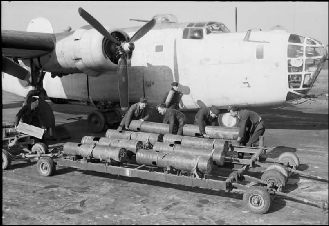
Armourers unload 250 lb Mk VIII depth charges Liberator GR Mk VA of No 53 Squadron RAF at St Eval Cornwall prior to the move to Merryfield
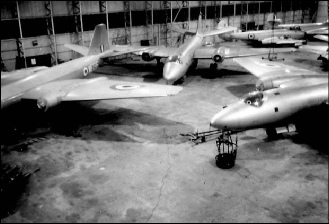
Canberra’s at Merryfield Pic Trevor Danks
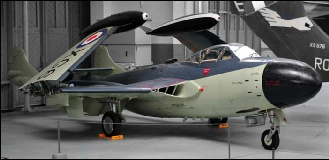
De Havilland Sea Venom FAW.21 Jet Fighter Plane
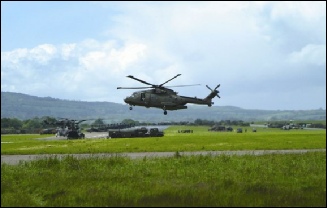
A Merlin helicopter landing at Merryfield
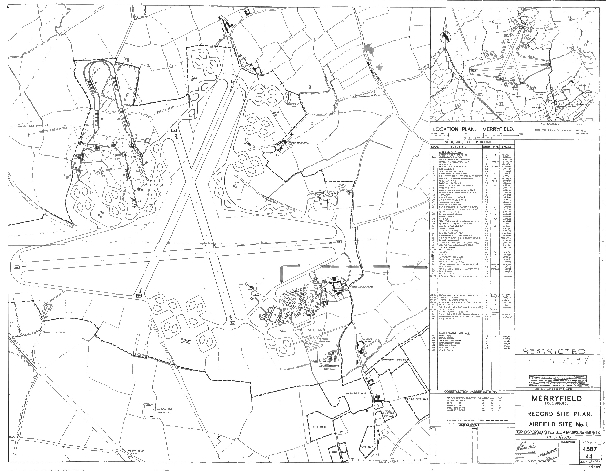
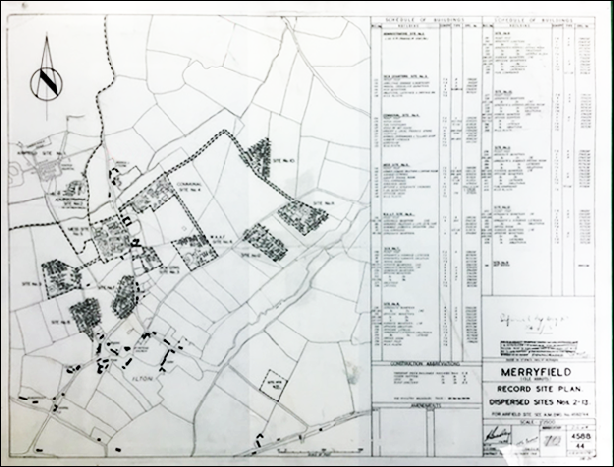
Today, there is security on the gate as it is still an operational airfield and a restricted area.
In December this squadron was replaced by the Stirlings of No. 242 Squadron. No. 242 later converted to Yorks but the long distance flights to the Middle and Far East locations on which most of these transport units had been engaged gradually subsided and the Yorks departed in May 1946. The airfield closed that October.
Until the outbreak of the Korean War and a resurgence of air power, civilian caretakers looked after the otherwise deserted airfield. Late in 1951, Merryfield was re-
Then came the Royal Navy with Sea Venoms but they withdrew early in 1958 and by 1961 it appeared the airfield had finally been abandoned.
Over the next few years, the airfield deteriorated and the hangars and some other buildings were sold off. A road that was closed when the airfield was built, was re-
Surprisingly, in 1971, part of the airfield was again taken over by the Royal Navy for use in assault helicopter training and exercises that would not conflict with fixed-
Sources of information, Text & Photographs
-
-
-
-
-
-
Southwest Airfields Heritage Trust © 2017